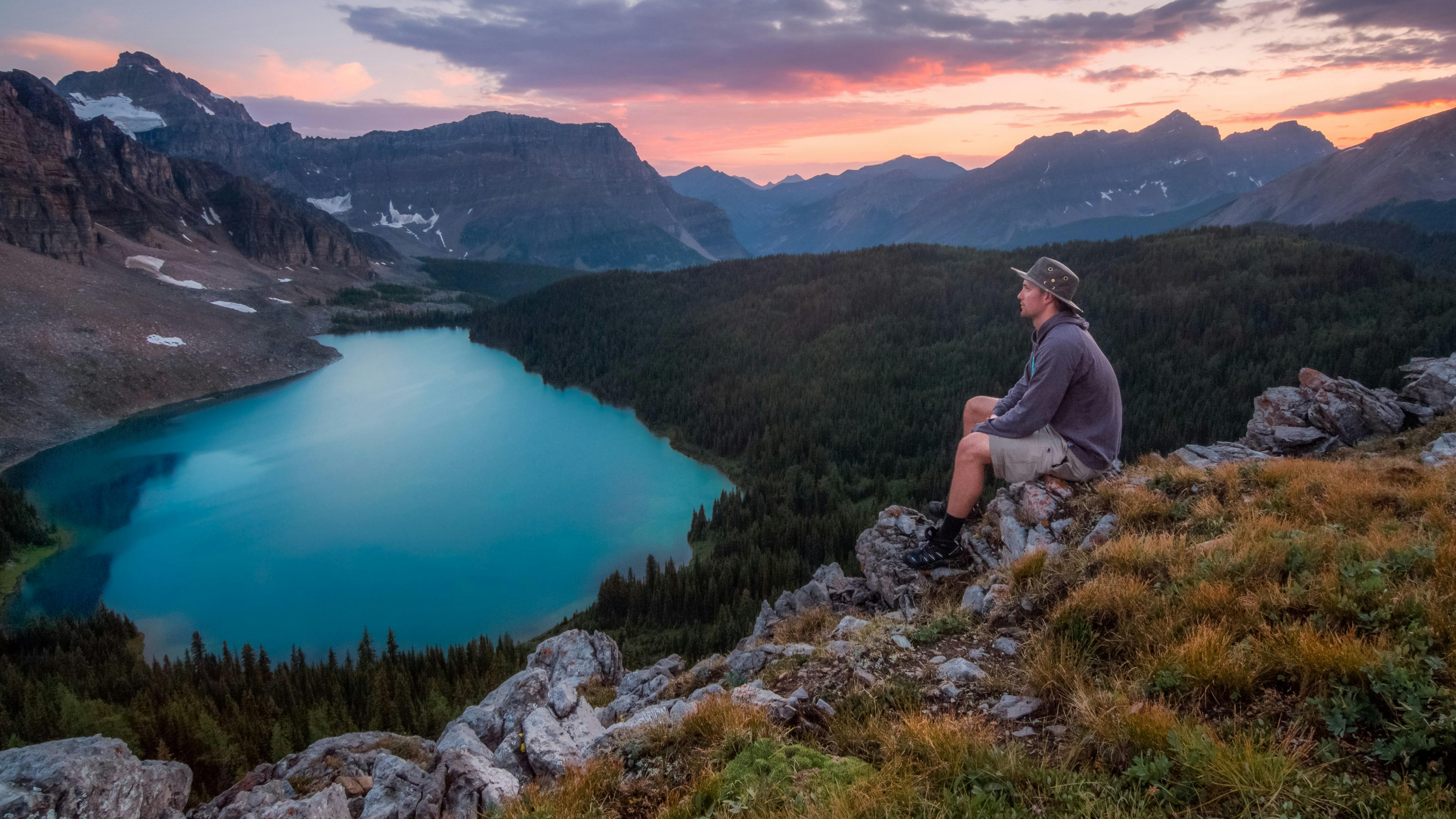From the snow-laced ridges of the Himalayas to the lush rainforests of the Western Ghats, Trekking in India offers a kaleidoscope of landscapes, cultures, and challenges for every kind of explorer. Whether you're a seasoned mountaineer or a weekend wanderer, India’s trails promise more than just scenic beauty—they deliver spiritual encounters, cultural immersion, and a deep connection with nature.
With treks ranging from beginner-friendly forest walks to high-altitude expeditions that test your grit, India is a trekker’s paradise waiting to be discovered one step at a time.
🏔️ Why Trekking in India Is Unique
-
Diverse Terrain: From alpine meadows and glacial lakes to desert canyons and tropical forests.
-
Cultural Immersion: Trails often pass through remote villages, monasteries, and tribal settlements.
-
Spiritual Significance: Many treks follow ancient pilgrimage routes or sacred landscapes.
-
Year-Round Options: Summer treks in Ladakh, monsoon treks in the Western Ghats, and winter snow trails in Uttarakhand.
🗺️ Top 10 Treks in India
Here’s a curated list of India’s most iconic trekking experiences:
1. Goechala Trek, Sikkim
-
Altitude: 15,100 ft
-
Duration: 8–10 days
-
Highlights: Views of Kanchenjunga, rhododendron forests, Samiti Lake
-
Best Time: April–June, Sept–Nov
2. Chadar Trek, Ladakh
-
Altitude: 11,100 ft
-
Duration: 6–8 days
-
Highlights: Walking on the frozen Zanskar River, ice caves, surreal landscapes
-
Best Time: January–February
3. Valley of Flowers, Uttarakhand
-
Altitude: 14,100 ft
-
Duration: 5–6 days
-
Highlights: UNESCO World Heritage site, alpine blooms, Hemkund Sahib
-
Best Time: July–September
4. Kedarkantha Trek, Uttarakhand
-
Altitude: 12,500 ft
-
Duration: 4–6 days
-
Highlights: Snow-covered trails, pine forests, panoramic summit views
-
Best Time: December–April
5. Sandakphu–Phalut Trek, West Bengal
-
Altitude: 11,930 ft
-
Duration: 6–7 days
-
Highlights: Views of Everest, Kanchenjunga, Makalu, and Lhotse
-
Best Time: April–May, October–December
6. Har Ki Dun Trek, Uttarakhand
-
Altitude: 11,700 ft
-
Duration: 6–7 days
-
Highlights: Ancient villages, meadows, and Swargarohini peak views
-
Best Time: March–June, September–December
7. Tarsar Marsar Trek, Kashmir
-
Altitude: 13,500 ft
-
Duration: 7–8 days
-
Highlights: Twin alpine lakes, meadows, and Kashmiri hospitality
-
Best Time: July–September
8. Dzongri Trek, Sikkim
-
Altitude: 13,700 ft
-
Duration: 5–6 days
-
Highlights: Kanchenjunga views, yak herders, alpine forests
-
Best Time: April–June, September–November
9. Rajmachi Trek, Maharashtra
-
Altitude: 2,710 ft
-
Duration: 1–2 days
-
Highlights: Fort ruins, monsoon greenery, night treks
-
Best Time: June–September
10. Kumara Parvatha Trek, Karnataka
-
Altitude: 5,600 ft
-
Duration: 2 days
-
Highlights: Dense forests, Shesha Parvatha, temple base camp
-
Best Time: October–February
Sources: Himalayas Griffon, Zingbus Blog, Trek the Himalayas
🧭 Regional Trekking Highlights
| Region | Signature Treks | Terrain & Culture |
| Himachal Pradesh | Hampta Pass, Bhrigu Lake | Meadows, glacial valleys, Tibetan culture |
| Uttarakhand | Roopkund, Pangarchulla | High-altitude lakes, Garhwali villages |
| Sikkim | Goechala, Dzongri | Rhododendron forests, Buddhist monasteries |
| Ladakh | Chadar, Markha Valley | Desert mountains, Tibetan Buddhism |
| Western Ghats | Kudremukh, Chembra Peak | Rainforests, spice plantations |
| Northeast India | Dzukou Valley, Bailey Trail | Bamboo forests, tribal heritage |
🗓️ Best Time for Trekking in India
| Season | Months | Ideal Regions |
| Spring | Mar–May | Sikkim, Uttarakhand, Himachal |
| Summer | Jun–Aug | Ladakh, Kashmir, Western Ghats |
| Autumn | Sep–Nov | All Himalayan regions |
| Winter | Dec–Feb | Kedarkantha, Dayara Bugyal, Rajmachi |
🧳 Essential Trekking Tips
-
Fitness First: Start cardio and strength training at least 4 weeks before your trek.
-
Pack Smart:
-
Layered clothing (base, insulation, waterproof)
-
Trekking shoes with ankle support
-
Water bottles, snacks, sunscreen, and rain gear
-
-
Stay Hydrated: Carry purification tablets or filters.
-
Altitude Awareness: Acclimatize slowly, watch for AMS symptoms.
-
Respect Nature: Stick to trails, avoid littering, and support local communities.
🏕️ Accommodation Options
| Type | Description | Ideal For |
| Trekking Camps | Tents set up by operators | Group treks, expeditions |
| Homestays | Local village homes | Cultural immersion |
| Forest Lodges | Government-run eco stays | Nature lovers |
| Base Hotels | Budget hotels in trailhead towns | Weekend trekkers |
🛍️ What to Buy on Trekking Trails
-
Local Woolens: Hand-knitted caps, gloves, and shawls
-
Herbal Products: Himalayan balms, teas, and oils
-
Handicrafts: Prayer flags, thangka art, bamboo souvenirs
-
Snacks: Churpi (yak cheese), dried fruits, millet bars
🌱 Sustainable Trekking Practices
-
Leave No Trace: Carry back all waste, avoid single-use plastics
-
Support Locals: Hire local guides, stay in homestays, buy regional products
-
Respect Wildlife: Observe from a distance, don’t feed animals
-
Water Conservation: Use biodegradable soaps, avoid polluting streams
-
Cultural Sensitivity: Ask before photographing people or rituals
📸 Final Thoughts: Trekking in India Is More Than a Trail
It’s a journey through stories etched in stone, whispered through pine forests, and sung by mountain winds. Whether you’re crossing frozen rivers in Ladakh or walking through flower-laden valleys in Uttarakhand, Trekking in India is a soulful blend of challenge, culture, and connection.
These trails don’t just take you to places—they take you deeper into yourself.



